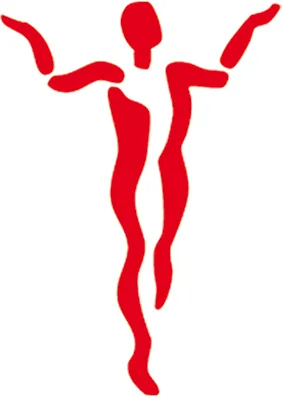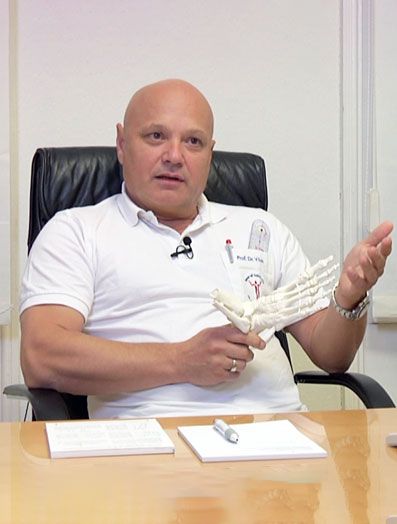limb lenghtening
What is limb lenghthening? Limb lenghthening surgery explained
Dr. Michael Vitek, Prof. inv. UAG. cooperates with Prof. Dr. Augustin Betz, the real Guru of bone lengthning with a tremendous experience of about 2500 patients. The BETZ INSTITUTE® defines limb lengthening as the art of increasing one's height with an eye toward a more aesthetically pleasing and/or functional end result. During a limb lengthening surgery, the bone is carefully cut. Afterwards, the resulting two halves of the bone are slowly pulled apart - either by use of an intramedullary telescopic nail or an external fixator. The decision about which method and device is used is made in accordance with the diagnosis and the patient's initial situation. After the desired body height is reached, the bone knits itself together until the bone is capable of bearing weight again.
Definition of limb lenghtening and limb lenghthening surgery
gap between two artificially created halves. This surgical principle is used for the correction of bone anomalies, as well as for the lengthening of bones
(for example in a height lengthening surgery).
The process of limb lengthening is divided into two phases:
- Distractionphase:
- Consolidation phase:
surrounding soft tissue (muscles, ligaments, and nerves) is stretched and, therefore, continuously lengthened to the same degree. Limb-lengthening
can be carried out in the thigh (femur), lower leg (tibia) and the upper arm (humerus), either with external or intramedullary systems.
See more at: www.lange-beine.at



